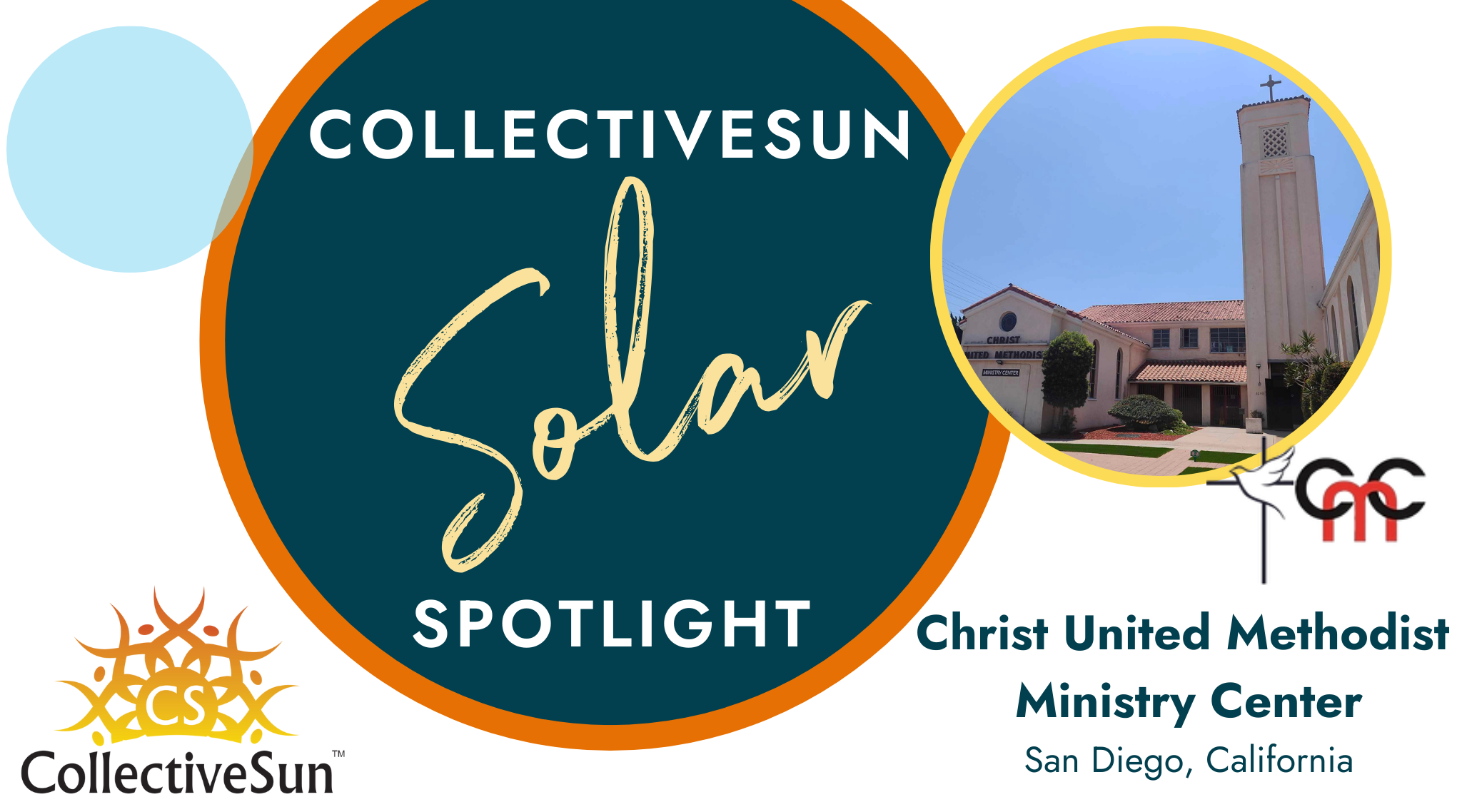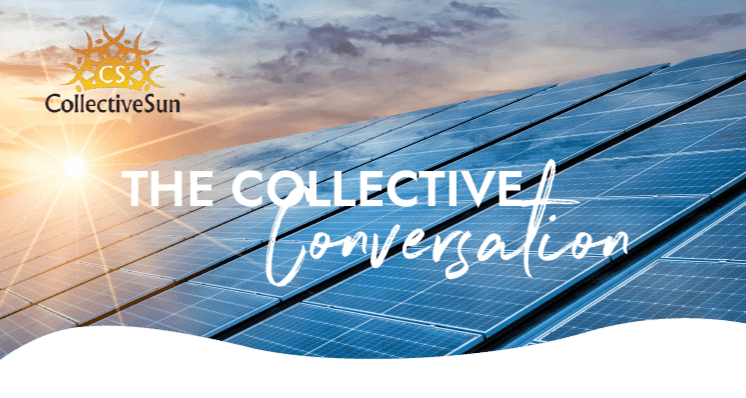
EnergySage is the nation’s leading online solar marketplace and is, therefore, an organization keenly aware of the concerns and interests of both solar industry professionals and consumers. The EnergySage Marketplace helps buyers all across the country search for competitive bids from pre-screened solar installers so they can obtain the best system for the best price. The organization is also an excellent resource for anyone seeking to understand the industry, whether through their tips and updates for installers and other professionals or their educational material for prospects. Over the years CollectiveSun and EnergySage have enjoyed a mutually beneficial relationship, as each works to connect the other with organizations and installers intent on advancing renewable energy projects.
We spoke with Spencer Fields, Manager of Market Strategy and Intelligence at EnergySage, about the future of the industry in the wake of COVID. He described developments around state and federal policy, current concerns for both solar installers and nonprofits and EnergySage’s future goals.
Where do you think solar is headed in 2021 given the impact of COVID in Massachusetts and nationally?
We’re very optimistic about the state of solar in 2021 and beyond. Despite the pandemic, pandemic-related shutdowns and corresponding economic impacts, 2020 was the best year ever for both solar and energy storage in the US. With more people spending time at home, spending more on their electricity bills, and looking for ways to improve their homes, a lot of homeowners have turned to solar. All signs point to this trend continuing in 2021.
How has the solar industry been reshaped by the recent economic changes due to the pandemic?
More than anything else, the economic impact of the pandemic has highlighted two pre-existing constraints in the industry. First, the need for more qualified, trained solar workers. And, second, the interconnectedness of the global solar supply chain. For the second year in a row, when we asked solar installers in our annual Installer Survey what they see as the biggest barrier to growing their business, nearly 40% say a lack of trained labor is a primary barrier to expanding their business. On the supply chain side, the staggered nature of pandemic-related shutdowns throughout the world has meant that production and availability of different components of solar equipment have been constrained at various points in the last year.
But, surprisingly, the economic impact of the pandemic has not impacted solar shoppers’ interest in investing in and installing solar – if anything, it has enhanced people’s desire to make the switch! Solar is a stable investment, with a great return, a long life, and plenty of co-benefits, not the least of which is powering your home with clean, affordable, renewable energy. Speaking of affordability, the EnergySage Marketplace saw the lowest prices for solar in history in the second half of 2020 for residential systems, as described in our most recent Solar Marketplace Intel Report, and we’re seeing this trend continue into 2021.
“Historically, solar has had the perception (and, often, the reality) of only being available to homeowners with higher-than-average incomes…We hope to help break that perception–and reality–that solar is only for certain people or demographics.”
What are some of the challenges faced by the solar market from recent policy developments (state and federal), and what role is EnergySage playing in those developments?
For the most part, recent policy developments have actually been beneficial for the renewable energy industry: the extension of the federal investment tax credit (the best incentive for solar) and the clean energy policies and spending included in the Biden Administration’s infrastructure plan are two that come to mind.
But there is one major policy challenge that the solar industry is currently fighting against: changes to net metering in California. Recently, two dual initiatives in the state have threatened to crater the current net metering policy in California. Some quick context: by providing solar owners with credits for sending solar electricity to the grid during the day, which solar owners can then use to pay for electricity they pull from their utility when it’s cloudy or at night, net metering is the foundational policy that makes solar ownership far more attractive. By reducing the value of net metering credits (i.e., receiving less for each unit of solar electricity sent to the grid), and by charging a monthly fee for each solar customer, recent proposals in California would make solar uneconomical for many homeowners.
One of these proposals–AB 1139–was recently shot down. However, the CA Public Utilities Commission’s (CPUC) review of net metering–what they’re calling NEM 3.0–is an ongoing review. At EnergySage, we are committed to making solar more accessible and affordable for everyone, and fighting policy proposals like these is a big part of fulfilling that mission. In this particular case, we’re leaning on the great work being done by the California Solar and Storage Association (CALSSA), an organization that has truly rallied the solar industry in the state (and around the country) to stand up in support of net metering.
How does EnergySage impact environmental justice? What are your 2021 goals around this issue?
Historically, solar has had the perception (and, often, the reality) of only being available to homeowners with higher-than-average incomes. Earlier this year, EnergySage launched our Community Solar Marketplace to help more people access, and benefit from, solar energy, including folks with lower income or poor credit. We hope to help break that perception–and reality–that solar is only for certain people or demographics.
What kinds of questions are you seeing from nonprofits?
At this point, we find that solar is familiar to most nonprofits that come to EnergySage to explore their solar options. They already understand the environmental case, the financial case and the community benefits of installing solar, so the only thing that remains is whether or not they can afford solar. As a result, the biggest questions we see from nonprofits are always: 1) how to finance their solar project and 2) how to take advantage of solar’s robust tax incentives. Of course, for help navigating these questions as a nonprofit or tax-exempt organization, we point people to our friends at CollectiveSun!
How many nonprofit organizations has EnergySage worked with?
Thousands of nonprofit organizations have come to EnergySage to begin their solar shopping process, whether by relying on our educational resources and tools or by signing up to receive free, custom solar quotes from local solar companies.
What’s the best way for an installer or a nonprofit to get started working with EnergySage?
Installers and nonprofits can get started working with EnergySage by either heading to our website (energysage.com) and signing up for a free account, or by emailing [email protected]. And feel free to let us know if there are any questions you have that aren’t currently answered in the articles on our website – we always want to make sure we’re addressing common questions folks might have.
About Spencer
Spencer Fields joins us from EnergySage, the nation’s leading online solar marketplace, where he is the Manager of Market Strategy and Intelligence. Prior to joining EnergySage, Spencer spent five years as an environmental consultant for Synapse Energy Economics, splitting time between trying to convince utilities and system operators to improve their forecasting of renewable energy growth and analyzing the impact of the proposed Clean Power Plan. An eight-year industry veteran and the solar owner himself, Spencer taps into the perspective of those across the solar spectrum, from ISOs & utilities to manufacturers and from installers to home and business owners.






